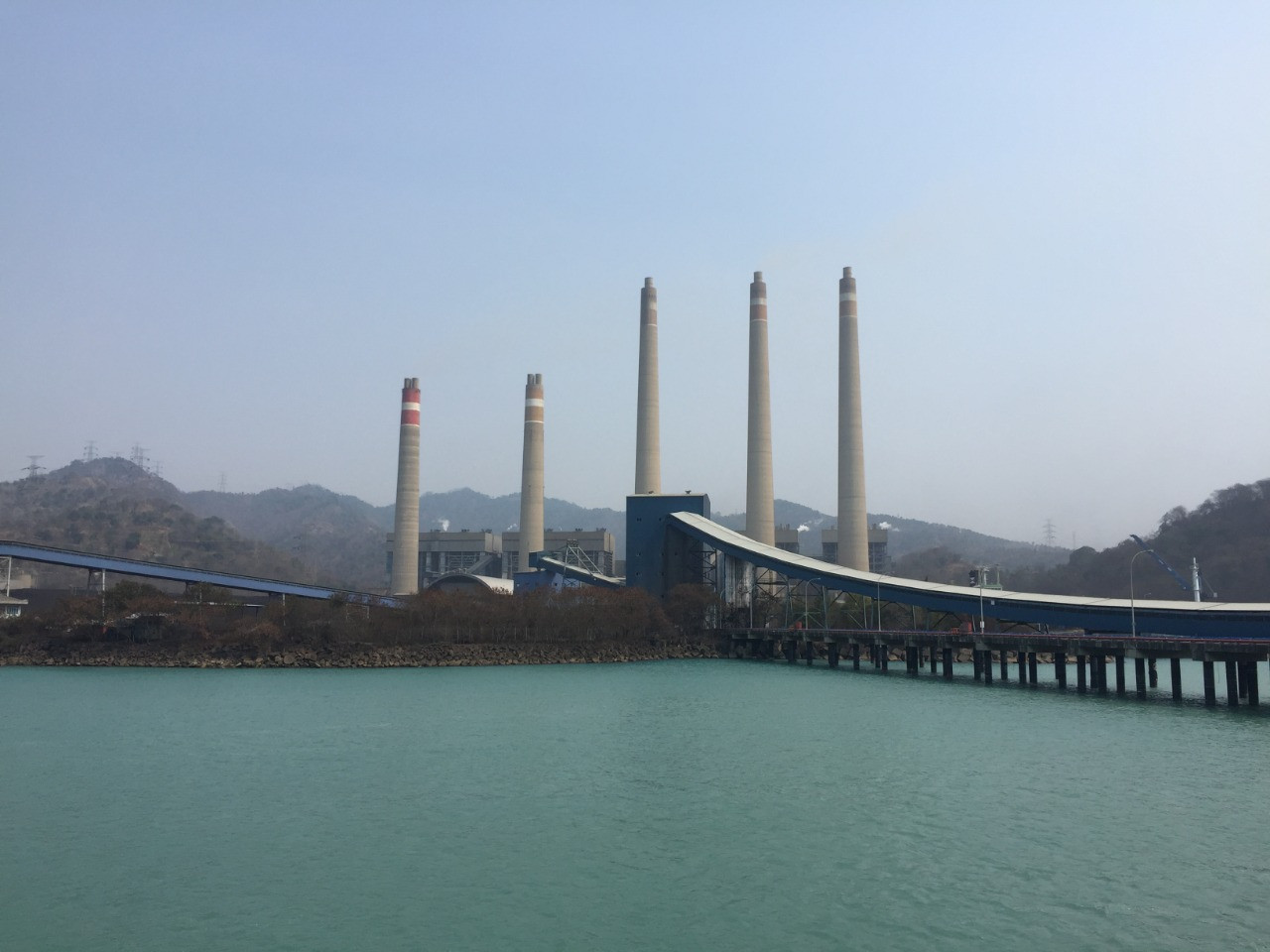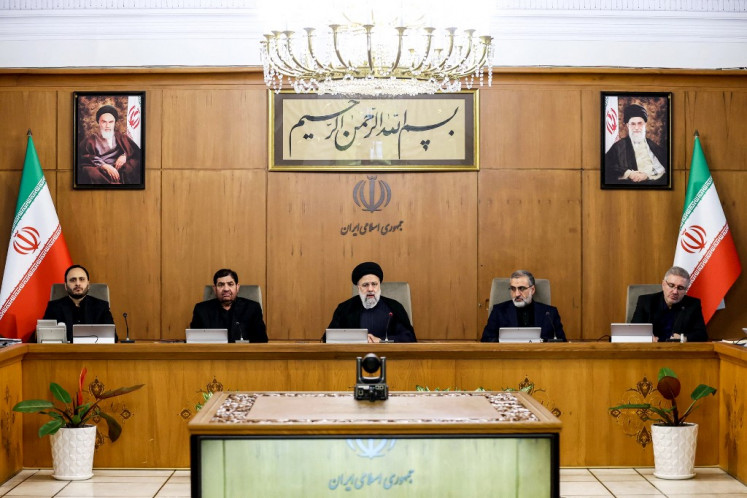Ministry may retire giant Suralaya coal plant
Change Size

T
he government is considering to shut down the aging Suralaya coal-fired power plant (PLTU) in Cilegon, Banten, and replace it with green energy, as Indonesia chases its long-delayed commitments to cut carbon-dioxide emissions.
The Energy and Mineral Resources (ESDM) Ministry’s freshly appointed renewables director general, Dadan Kusdiana, said on Nov. 16 that his office was conducting an internal study to replace Suralaya with a battery-equipped solar farm (PLTS).
Adding batteries to a solar farm makes it more expensive but enables it to provide 24-hour electricity from the sun, which is otherwise an intermittent energy source.
“[Suralaya] is already 35-years-old. We are looking at whether it should be demolished and replaced with a new utility-scale solar farm, with batteries, so there’ll be no intermittency issue,” he told lawmakers at a public hearing in Jakarta.
The 3,400-megawatt Suralaya plant comprises seven units that began operations between 1984 and 1997. The plant, owned by PT Indonesia Power, a subsidiary of state-owned electricity giant PLN, is one of the biggest coal plants in Southeast Asia.
Suralaya is also the biggest among 5,655MW worth of other coal plants over 20-years-old that the energy ministry is planning to replace with green plants in chasing Indonesia's renewable energy targets.
Under prevailing regulations, Indonesia, a signatory to the landmark Paris Agreement, targets to reach a 23 percent green energy mix 2025, yet the country only reached 9.15 percent last year. Many studies project that, at the current pace, Indonesia will miss the target.
Meanwhile, 17.5 percent of Indonesia’s power capacity should have been from green energy sources by 2019, but it only reached 12.36 percent that year, according to energy ministry data. Indonesia has also pledged to make solar contribute 5.7 percent to the country’s power by 2025, yet solar only contributed 0.1 percent in 2019.
Indonesia Power corporate secretary Igan Subawa Putra told The Jakarta Post last Saturday that the company “has not been given such an assignment [to study the swap] from PLN.”
The power producer is also developing its Jawa 9 and 10 units as expansions of the Suralaya plant. South Korean electricity giant Kepco reaffirmed in June plans to invest in the two units.
“This [plan] is very important,” said Indonesia Solar Energy Association (AESI) chairman Andhika Prastawa on Friday. "2025 is in five years, yet there is still a huge gap to meeting the target."
Furthermore, the coal plant retirement plan also aligned with energy minister Arifin Tasrif’s policy of focusing on solar photovoltaic (PV) over other green energy sources, said Dadan. The country’s renewables power production is currently dominated by hydropower and geothermal.
Institute for Essential Services Reform (IESR) executive director Fabby Tumiwa explained that solar PV’s competitive advantage was its low cost and easy deployability. Business and industrial demand for solar PVs was also on the rise.
Drink manufacturers Coca Cola and Danone-AQUA recently launched big solar PV projects for their respective factories in Bekasi, West Java, and in Klaten, Central Java.
The energy ministry unveiled plans to raise Indonesia’s solar farm capacity by 63 times over the next 15 years to 17,687 MW in 2035, which would be “a huge jump,” said Fabby.
However, high local content requirements, problematic project bidding processes, the small-size of projects and low electricity offtake prices are frequently raised issues related to solar PV deployment in Indonesia.
“Targets will only remain targets if not operationalized in long-term plans,” added Fabby.
Meanwhile, PLN plans to replace 200 old diesel-fi red power plants with PLTS to lower electricity production costs and bump up clean energy usage.
PLN mega projects director Ikhsan Asaad said in early November that building the stations, whose combined capacity was 225 MW, would cost an estimated Rp 100 trillion (US$6.83 billion) over the next two years. “That is huge money,” he told reporters at an online press conference.
He added that the stations, which will power remote towns and villages, would be equipped with battery packs. This means residents can enjoy 24-hour electricity from the sun but capital costs would be much higher.
PLN planned to conduct project biddings in December and have the 200 stations operational by 2022, Ikhsan said.
Scrapping diesel plants is part of PLN’s de-dieselization program that aims to boost clean energy usage and lower production costs, whereby diesel-generated electricity is among the most expensive electricity per kilowatt hour, mainly due to fuel-related costs









